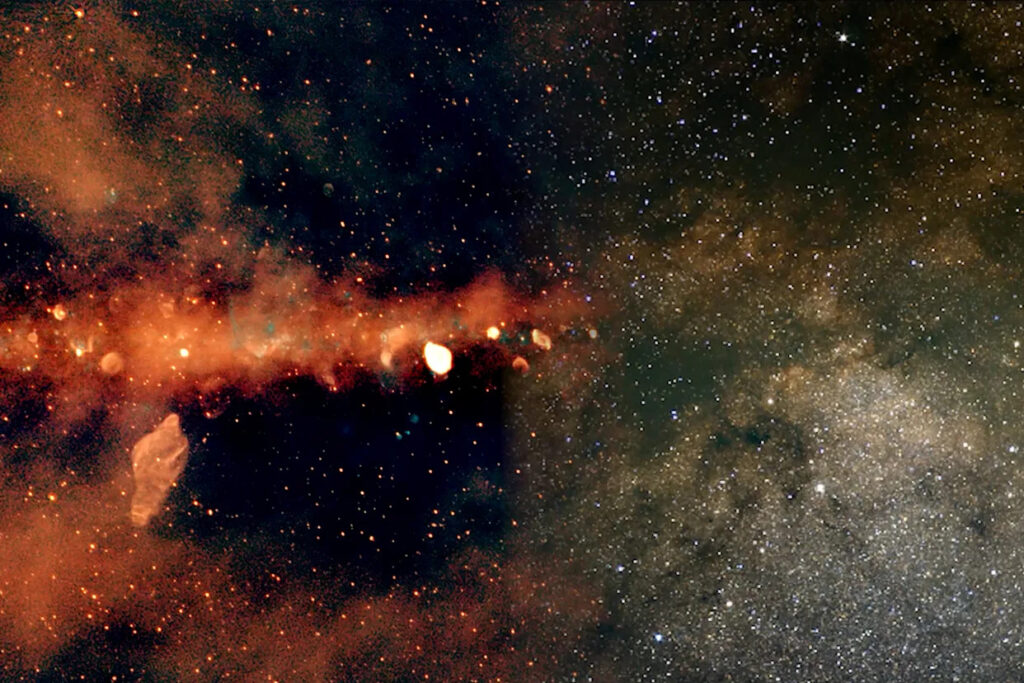
Astronomers in Australia have achieved a significant milestone by unveiling the largest low-frequency radio visualization of the Milky Way galaxy. This expansive image, a product of 18 months of work and approximately 1 million computer processing hours, offers a detailed view from the Southern Hemisphere, surpassing previous efforts in both resolution and sensitivity.
The groundbreaking image was produced using data from the Murchison Widefield Array (MWA), a telescope that previously contributed to a survey of the Milky Way in 2019. The newly released visualization boasts twice the resolution, ten times the sensitivity, and covers double the area compared to its predecessor, marking a significant advancement in astronomical imaging techniques.
Data Collection and Processing
The creation of this image involved collaboration between the Curtin University node of the International Centre of Radio Astronomy Research (ICRAR) and the University of Western Australia. It utilized data from two comprehensive surveys: the GaLactic and Extragalactic All-sky MWA (GLEAM) survey, conducted over 28 nights from 2013 to 2014, and the subsequent GLEAM-eXtended survey (GLEAM-X), which took place over 113 nights from 2018 to 2020. The upgraded telescope captured more intricate details, enhancing the overall quality of the data.
The processed information was then refined at the Pawsey Supercomputing Research Centre, a collaborative venture involving multiple universities and the Australian government. This meticulous process exemplifies the commitment to advancing our understanding of the Milky Way’s structure.
Significance of the New Image
One of the leading contributors to the project, PhD student Silvia Mantovanini, expressed her excitement upon seeing the image for the first time. “I was pretty excited to see the result,” she remarked, reflecting on the pride felt by the team. Despite her initial enthusiasm, she noted the presence of minor errors that could be improved upon in future iterations.
The image is particularly noteworthy because it represents the first time a low-frequency image has been published that captures the entire Southern Galactic Plane. Associate Professor Natasha Hurley-Walker emphasized the image’s potential to aid in the study of various astronomical phenomena, including remnants of supernovae and planetary nebulae. These explosive events are depicted as large red circles, while regions of new star formation are illustrated in blue, allowing for clear identification.
Moreover, the visualization is expected to enhance scientists’ abilities to identify and understand pulsars—rapidly spinning neutron stars known for emitting bursts of radiation. “The power of this image is wide,” Mantovanini stated, underscoring its far-reaching implications for both scientific research and public interest.
Mantovanini believes that this image should serve as an inspiration not only for astronomers but also for the general public. “This is our galaxy. The image is telling us where we are, what’s surrounding us, and it improves our knowledge,” she concluded. The release of this remarkable visualization is poised to deepen our understanding of the Milky Way and spark curiosity about the universe.






